Writing From Scratch #8: Complex Plots, Part 1
Writing from Scratch #8: Complex Plots, Part 1
Complex Plots, Part 1: Dependency
Now that we have gone over the four simple plot-problems (1, 2, 3, 4) and how they are solved through try-fail cycles, we’ll take a look at how to make complex, compound, and compound-complex plots through the same devices as sentence creation.
The first way we’ll try complicating a plot is by making the solution of the first noted plot-problem dependent on the solution of a second plot-problem, which stands in for easy solution prevention. We’re typically going to use dependent plots to strengthen audience satisfaction when the character is finally able to succeed. Or, like in the case-study we’ll look at today, they can be used to draw what appeared to be disparate plots together in longer works.
Let’s look at an example from Harry Potter and the Prisoner of Azkaban, Chapter Seventeen, “Cat, Rat, and Dog.”
The first plot-problem to arise an Event. Ron has been tackled by a large black dog that has been stalking Harry all school year and dragged underground. Harry succinctly gives the stakes as, “That thing’s big enough to eat him; we haven’t got time.” And what’s preventing them from going directly after Ron to save him is the Whomping Willow, which triggers an Inquiry plot – How does one get past the Whomping Willow to the tunnel?
First Harry tries to dodge through. He’s unable to get to the tunnel entrances and is thrashed by the branches for his trouble.
Then, Crookshanks appears and places his paw on a knot on the Whomping Willow’s trunk, which temporarily stills the whomping. This answers the question, and Harry and Hermione take the opportunity to dash beneath the stilled branches and into the tunnel.
Now, we return to the Event plot; Harry and Hermione will try to reestablish the status quo by rescuing Ron from the dog. If you’ve read the book, you know how that try-fail cycle continues on.
As we begin to add plots together in various ways, it is always important to remember that the plot-solutions should come in reverse order to the introductions of the plot-problems. The first plot problem introduced should be the last one solved (even when they are right on top of each other).
We’re going to continue with writing flash fiction. Using the Eighteen Sentence Story breakdown, we’ll expand just a little out from there. In the two sentences introducing the plot-problem, you’ll create a second plot-problem to prevent the first from being solved easily. Add 5-10 sentences for a try-fail cycle and plot solution to this second plot-problem, and then continue with the 5 sentence try-fail, 5 sentence solution, and 3 sentence wrap-up for the original plot-problem.
Prompt: write a flash fiction with a Milieu plot involving a treasure hunt; complicate the Milieu plot by first requiring an Inquiry plot answering “where” before moving onto the Milieu plot solution.
This was first published in July 2020, and I’ve written much more since on my website theferalcollection.com
More Posts from Feralpaules and Others
Underlined PSA
Figment, the recently closed writing website, has just launched (after a long delay) their long-awaited successor to figment known as Underlined, where users can post their work and receive feedback, supposedly.
DO NOT USE UNDERLINED. DO NOT POST YOUR WORK ON UNDERLINED.
Underlined’s terms and conditions contains a clause stating that the rights to all your work that you post on their website belongs to them!!!!
Underlined belongs to Penguin Random House. This is an extremely dirty trick for them to play on writers, especially young writers and children, who come to the internet to get feedback and will lose the rights to their work. Please boost!!!
Writing from Scratch #5
The Inquiry Plot
The problem of an inquiry plot involves a question that needs answering for its solution. The classic is Whodunnit? But any who, what, where, when, why, or how style questions can provide the problem for an inquiry plot. Traditionally, try-fail cycles in an inquiry plot come in the form of following clues which can lead to more clues (or questions) or end up being red-herrings that have caused a set back in solving the riddle.
Let’s look at the classic mystery “A Night of Fright is No Delight,” Scooby Doo! Where Are You? Season 1, episode 16. (I went a little overboard on this one, but it’s just too fun!)
If you haven’t seen this classic episode, then a quick background is that the gang has been invited to spend the night in an allegedly haunted house for the chance to receive a part of an inheritance along with four other possible heirs.
The Question: Who is the Phantom Shadow?
Read More on WordPress
On Creating Odious Characters
On Creating Odious Characters
[For those who care, I’m sorry I haven’t been writing as much. Two novels (one in edits, one in first draft stages) and two plays (one as an actress, one as a director) plus this blog are rather difficult to balance.] Actors never lie. It’s one of our major tenets. When an actor lies on stage, the audience can tell, the audience feels cheated. By “lie,” of course, I mean “not fully commit or…
View On WordPress
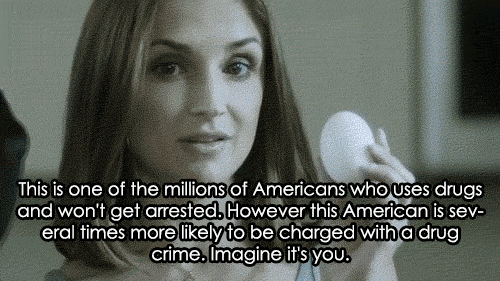
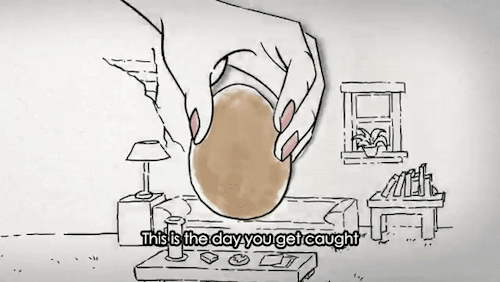
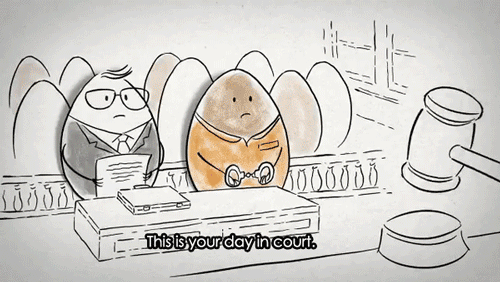
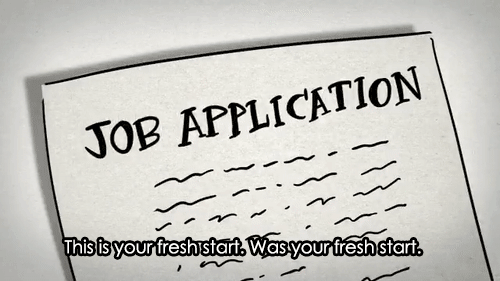
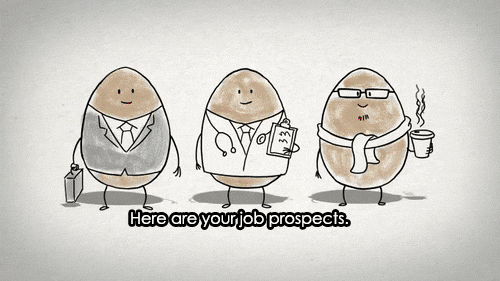
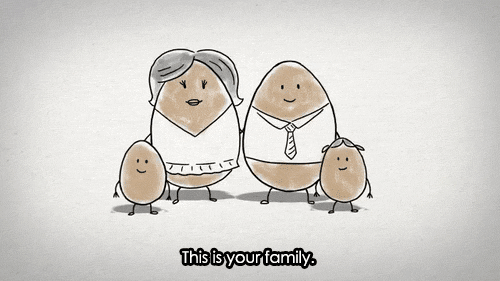
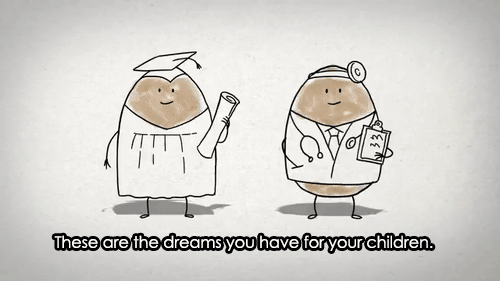
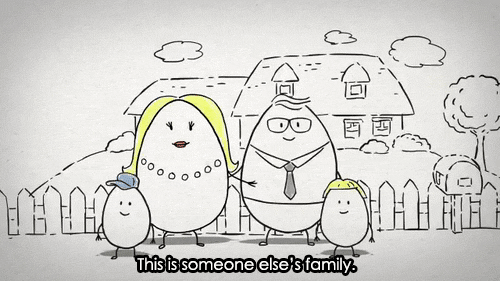
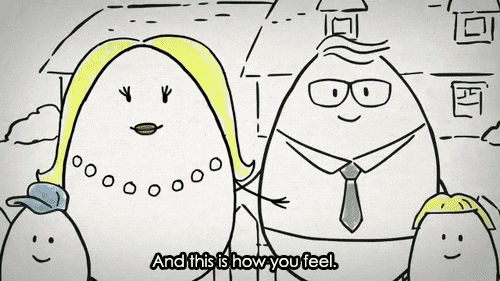


The war on drugs is rooted in racist policies . The failure of the war and drugs is obvious. We need to find a better solution, because people of color should never be the victims of racist policies. White Americans are more likely than black Americans to have used most kinds of illegal drugs, including cocaine and LSD. Yet blacks are far more likely to go to prison for marijuana, which is not a hard drug. Moreover , even when white people get caught , they get less time in prison.
Auditions and Plays and Queries, Oh My!
Life-changing audition, a friend's play, and writing those queries. #actorslife #writerslife
Been gearing up for a big, potentially life-changing, audition. It just doesn’t seem real yet. I feel like I’m drifting along in a dream state, and this is some far off thing when it really isn’t. I mean, I’m prepared. I just feel like until I’m actually in the room, I’m not going to accept that this could be happening to me. And maybe I’m just protecting myself from the very real…
View On WordPress

So sometimes I see bros on the internet talk about how women couldn’t have worn armor historically, because it was too heavy for them.
Here is a picture of me wearing armor when I was a nerdy 14-year-old girl who was about 5 feet tall and weighed less than 95 pounds. I sometimes wore it for 6 hours straight in summer heat, and I would run and turn summersaults in it for fun.
And before you start asking: this was authentic full steel plate with a padded arming doublet underneath. It weighed so much that I couldn’t carry the plastic tub it was stored in on my own. It was heavy. But once I was wearing it I just felt like I was being hugged or wrapped up in a really heavy blanket. That’s how armor works. The whole point is that the weight is distributed across your whole body, and your whole body can lift a huge amount. It has nothing to do with how strong you are or how much you can bench.
So if you think women are too weak to wear armor, you are wrong on so many levels. It does not even matter if you believe in your little misogynistic heart that all women are defined by their physical inferiority when compared to men, because you are also just wrong about how armor works. Even skinny teen girls can wear armor just fine. Everyone can wear armor.
Submitted via Google Form:
I am quite intrigued about how animals seem to have higher tolerance for pollution and germs while humans seem to lose it. Animals still just eat off the ground and drink straight from streams. However isn’t that exactly what our ancestors did? I absolutely do realise the world in the past also was less polluted than now. But past humans and animals did that in the past in the same environment, while in the present day environments only animals do this and humans can’t. Yes, animals and humans are of course always getting sick, but animals have way less access to healthcare than humans and manage to thrieve while humans need all this heathcare. Also, it is very evident in humans in human communities lacking healthcare being worse off. But with animals, I don’t seem to see the problems occuring as I’d expect for almost no healthcare for them. At least in this way.. the only biggest issues are like lost of land/hunting, and if health is the main issue? Basically, no heathcare affects humans worse than wild animals. And attitudes are if humans eat something off the ground it’s panic, an animal.. nope. So for actual story writing, I want to address these things in my story where both people and animals are time travelling. Also, I suppose how environmental changes would affect these out of time people.
Feral: there are a lot of assumptions in your ask that just don’t hold up.
Assumption #1: Animals have a higher tolerance for pollution and germs than humans do. Animals do get sick and die. In the case of pollution, higher pollution in a given area is more indicative of human life than animal life. Humans and our domesticated pets are the creatures living in cities with horrible smog conditions and the like, and while pollution definitely causes illnesses and disabilities in humans, one of the reasons you don’t see wild animals as much in these areas is because the development and pollution it causes has killed them off. As for germs, it is true that in industrialized countries, humans are probably more susceptible to germs, bacteria, viruses, etc, due to the inhibitions sterilized environments place on the development of natural immune systems. But animals still get sick and die, too; they may not die as frequently from illness as humans (I have no data one way or another), but I would argue that many also just don’t live long enough to die of illness over another cause.
Assumption #2: Animals eat straight off the ground and drink from streams, and that’s what our ancestors did. Our ancestors always cooked - eating straight from a raw carcass means more bacteria, more difficult digestion, and less calories. And it’s very likely that humanity didn’t exist before cooking, and only exists because of cooking. Our reticence to drink directly from natural water sources has a lot more to do with human pollution than any naturally occuring bacteria; see the multiple cholera outbreaks in history. Also, a polluted water source will usually kill the animals that live in that water source, the decaying carcasses of which further pollutes the source, and animals drinking from that source will also absolutely become sick.
Assumption #3: Humans can’t forage and drink from streams in the same way animals can in not overly polluted environments. There is a whole community of wilderness survival experts who disagree with you. The knowledge of what is and isn’t safe to eat and drink isn’t taught to us by elders anymore (again, in industrialized places), but that doesn’t mean we couldn’t learn it and survive just fine.
Assumption # 4: Animals don’t require healthcare the way humans do. Animals also don’t pack themselves into crowded stadiums during worldwide pandemics and otherwise tend not to do stupid shit that will almost certainly cause them harm. A broken leg on a wild land-based animal is a death sentence, so access to healthcare would definitely keep more animals alive. We know this because we offer animals healthcare - wildlife rehabilitators exist. Meanwhile, a broken leg, even in a human community without good or any healthcare options, would probably not result in death.
Assumption #5: Wild animals thrive. Not really. I mean, there are populations that do better than others. This is often due to human intervention and interaction. Prey animals will “thrive” when humans have killed off all their natural predators. Scavenging animals will “thrive” when there’s plenty of human food waste and refuse for them to eat. An invasive species will “thrive” after humans introduce them into an environment where they don’t have any natural deterrents to population growth. An animal community “thriving” is very different from a human community thriving. And an animal community that is afflicted by a virus is far less likely to survive it than a human community. Here’s a list of mass animal die-offs that occured just between January 1 and June 1 of 2015; literally tens of millions of animals dead in 5 months.
Assumption #8: You don’t see these problems occuring or dead animals all over the place therefore, wild animals are not dying everyday everywhere from disease and pollution. You probably do not live in a place where you see massive wild animal populations; the thriving wild animal populations you claim exist are in your imagination. In a truly balanced, natural ecosystem, homeostasis is achieved; you have neither mass die-offs nor population explosions. But due to human intervention in the environment, those ecosystems are becoming far less visible. And most population centers don’t have nearly the wild animal populations necessary to make any judgements based on anecdote and personal observation on how wild animals survive or don’t.
Assumption #7: Humans eating off the ground as a “panic” response due to environmental reasons. This is 100% societal. We have moralized cleanliness. Eating something off the ground is seen as demeaning and dirty, and you have to be in really desperate straits to do it. You know, unless you follow the 5-second rule. Because that’s totally how germs work. If I drop something on my kitchen floor while I’m cooking versus outside while I’m grilling, there isn’t really a difference except that I feel gross about eating the thing that dropped on the ground outside that I immediately picked up even if there is nothing that is actually harmful on it - meanwhile my kitchen floor could absolutely have bacteria on it because I’m really lazy about mopping.
I think a lot of what you’re putting forth in this Ask is more socialized or due to industrialization than having anything to do with wholly naturally occurring environmental factors.
As for how the narrative will address these things, that’s a plot issue that I don’t have any advice on, but I hope this has given you some food for thought.
Accepting help is brave - Hotlines/crisis lines

Are you a “can’t write dialogue” writer or a “can’t describe anything” writer
The Problem Most "Creating Feminist Female Protagonists" Guides Are Missing
The Problem Most “Creating Feminist Female Protagonists” Guides Are Missing
If you haven’t noticed, there’s a lot of talk about how to write a female protagonist believably and without bringing down double standard criticisms of “Strong Female Character” or “Mary Sue” that male character simply don’t receive. But most articles and blog posts focus so fully on the creation of the female protagonist that they miss the underlying problem. (more…)
View On WordPress
-
 dangerhumming reblogged this · 2 years ago
dangerhumming reblogged this · 2 years ago -
 theferalcollection reblogged this · 2 years ago
theferalcollection reblogged this · 2 years ago -
 feralpaules reblogged this · 2 years ago
feralpaules reblogged this · 2 years ago
check out my main blog www.theferalcollection.wordpress.com and find fandoms and funstuff on www.theferalcollection.tumblr.com
103 posts